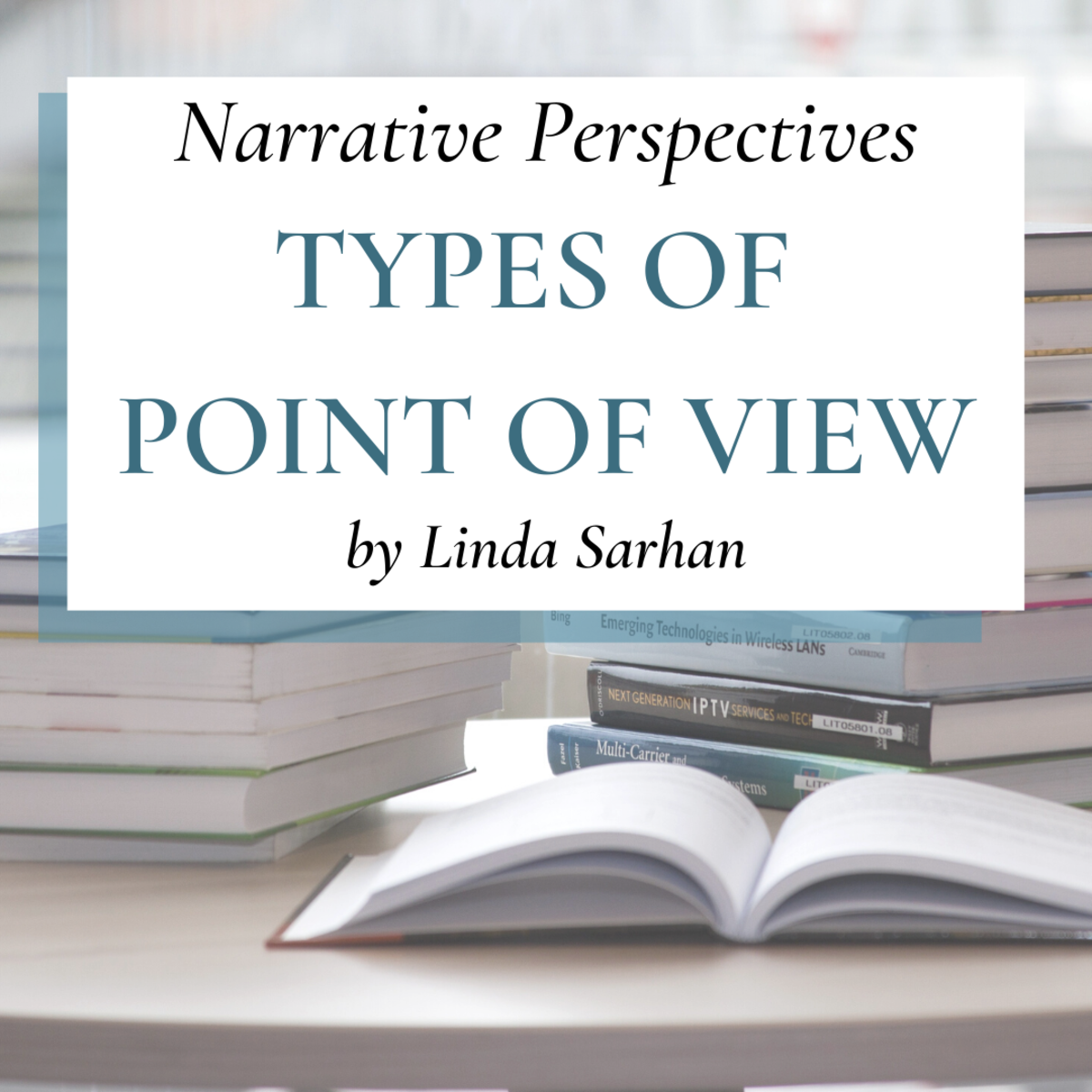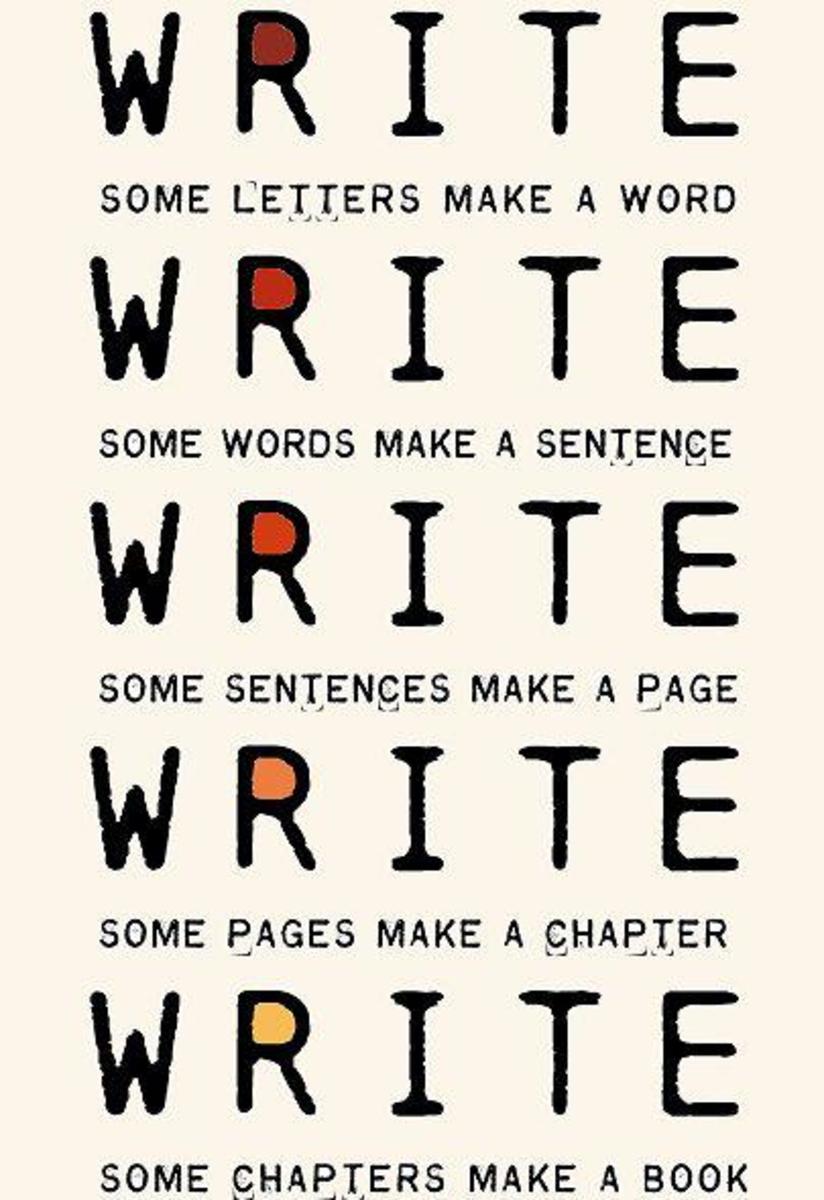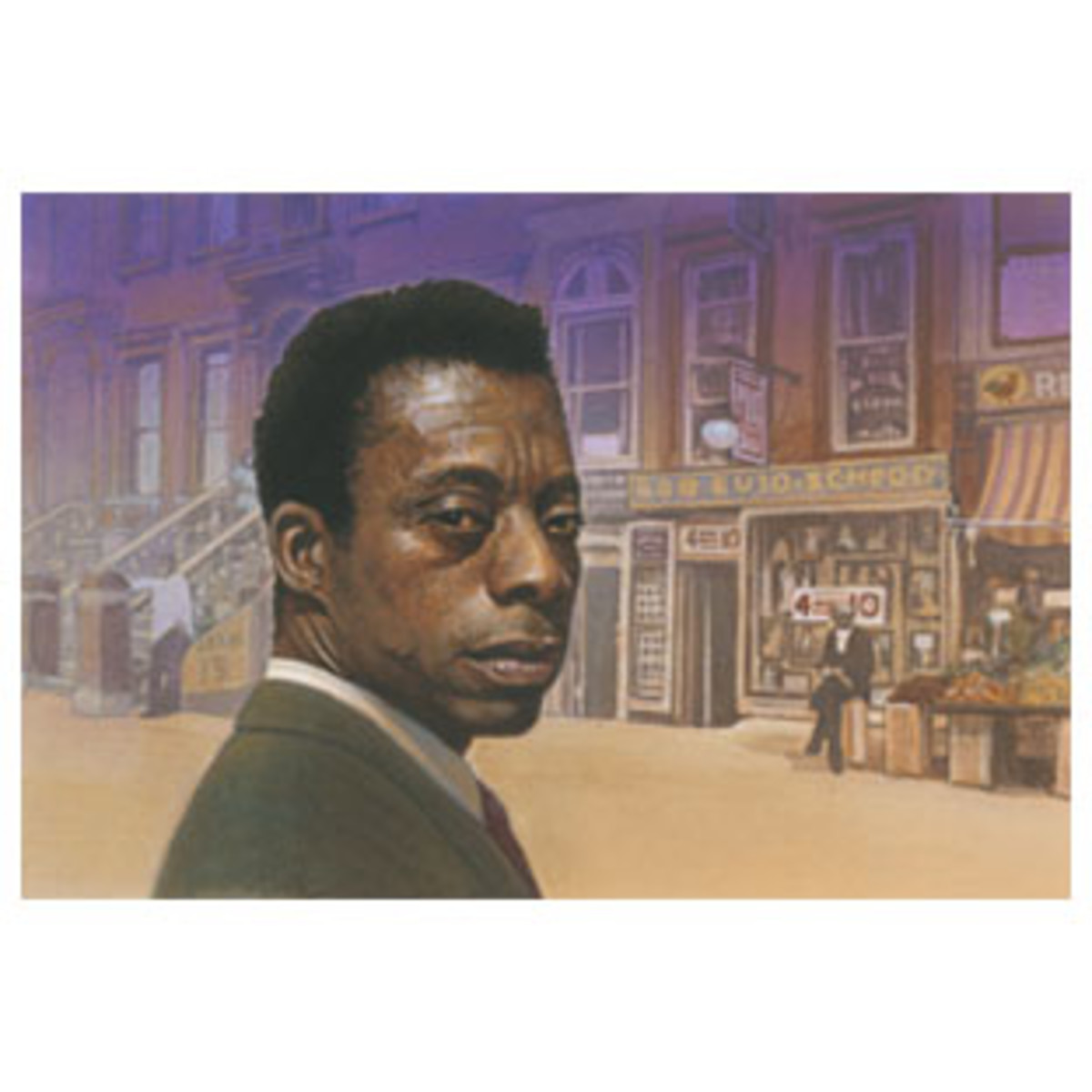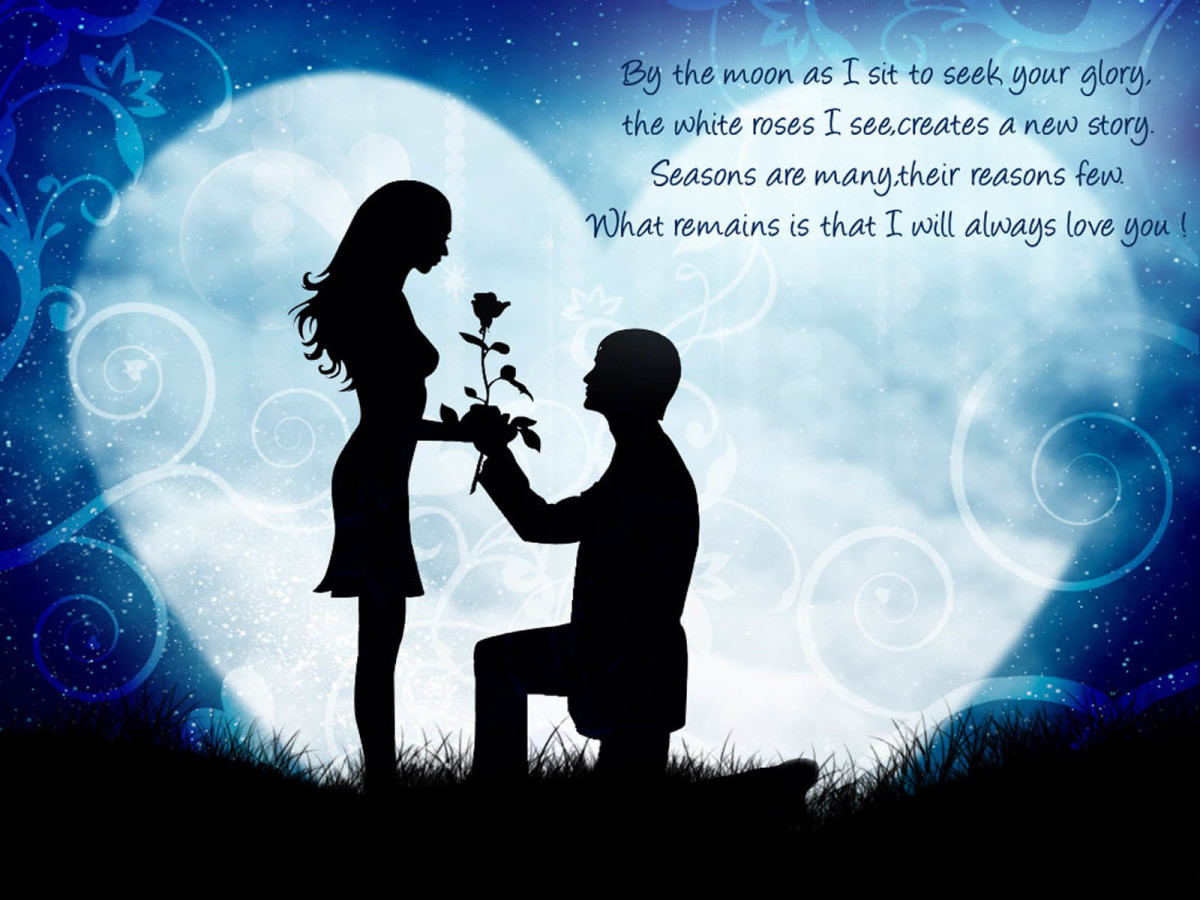How to Write a Prologue and Add Depth to Your Novel
First a Definition
“Courtship is to marriage, as a very witty prologue to a very dull play.”
I’m just going to borrow from Merriam-Webster for the definition rather than re-invent the wheel. A prologue is:
: the preface or introduction to a literary work
2
a : a speech often in verse addressed to the audience by an actor at the beginning of a play
b : the actor speaking such a prologue
3
: an introductory or preceding event or development
It is, essentially, a way to begin your story twice, and although that may seem like a silly thing to do, there are actually some very good reasons for doing it. However, if a writer chooses to use a prologue, it is important that there be a good reason for doing so or it can work against you.
Ask these three questions before attempting a prologue:
- Is it really necessary to use one in your novel?
- What is the purpose of your prologue?
- Does the prologue accomplish what you need it to accomplish?
The prologue must be essential to the telling of the story. It must reveal some significant information to the reader, information that the reader needs in order to fully understand the novel. It must contribute to the plot and not confuse or detract from the plot.
There are four main types of prologues: the future protagonist, the past protagonist, the different POV, and the background. Let’s take a look at each of these so you have a better idea as you consider whether to use a prologue.
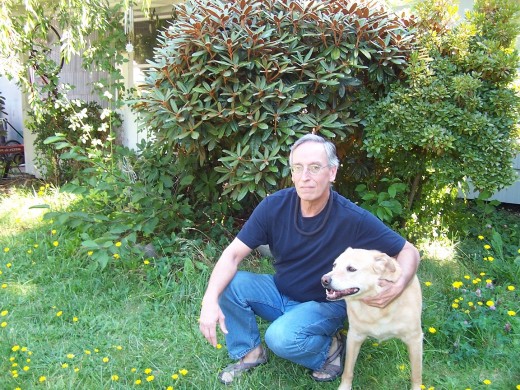
A must have for any novel writer
FUTURE PROTAGONIST
This is most commonly used when the story is told in the first person, and the main character is writing a memoir and looking back at events in his/her life. It is usually in a very personal and reflective tone.
If written in third person, the prologue is usually the end of the story, while the rest of the book tells how we arrived at the prologue.
In writing my latest novel, “Resurrecting Tobias,” I used a prologue for the very first time, and it was told in first person as the protagonist looked back on his life. In that context it worked perfectly for explaining who my protagonist was, what he was currently doing, which of course led to how he got there.
PAST PROTAGONIST
The “past protagonist” prologue is used when the protagonist of the story has had a defining moment in the past that must be known to the reader in order for the reader to fully understand the character and what drives him. It is a flashback for lack of a better term, and one would use it in a prologue because it is too difficult to cram it into the main body of work, or if by doing so it would ruin the flow of the work.
As an example, think of Superman. A prologue explaining his birth on Krypton might be helpful for readers to understand who this super dude is and why he does what he does.
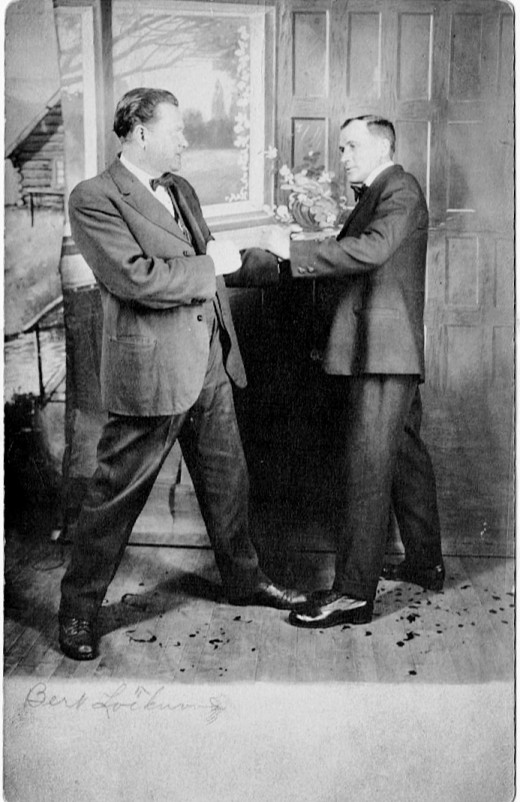
DIFFERENT POINT OF VIEW
This type of prologue describes an event from the point-of-view of some other character and not the main character. The event may happen during the same time frame as the story, or it can be an event from years earlier….its relevance may be discovered in the first few chapters or not until much later in the book, but its relevance will be discovered and it will affect the plot considerably.
Think Clive Cussler and you will have a perfect example of this type of prologue. Every single one of his books uses this technique.
BACKGROUND
We usually see this type of prologue in science fiction or fantasy books where the setting is wildly different from our own world and realm of understanding. To try and explain the setting in the body of the book might be very cumbersome and destroy the flow; thus, a prologue might do the job nicely and save the reader a major headache.
This one is a bit tricky. It is hard to begin a novel with a detailed description of a strange, new world. Still, you can’t expect to toss the reader into the deep end and not have him sink under the weight of strange facts. When attempting this type of prologue, shoot for balance between information and interest.

Follow These Guidelines When Writing a Prologue
It would be terribly unfair of me to suggest you write a prologue but not give you some guidelines on how to write one, so let’s look at a few things you should consider.
- There must be a purpose in writing the prologue, and it must be an integral part of the story.
- The prologue should leave the reader intrigued and wanting answers, and those answers must be revealed in the body of the novel.
- The prologue must begin strong and have a hook. Remember that the prologue is essentially your first chance to capture the reader and it may be your only chance to do so, so make it strong.
- It is important that the prologue stand out from the rest of the story. There should be a distinct feeling in the mind of the reader that they have switched gears when they move to the first chapter. In that same vein, you can only use a prologue once in a book. Switching gears more than once will leave your readers with a severe migraine and a broken transmission.
Do You Have to Have an Epilogue If You Have a Prologue?
The quick answer is no, although often you will see the two in the same book. An epilogue is most often a summary of sorts, or a personal reflection about what happened in the book. It is not necessary to have one, and many a fine novel has not had one. We will learn more about epilogues in a later article.
Join me on my writing blog
- Artistry With Words | A topnotch WordPress.com site
A site for writers, about writing, and by writers
Have you ever written a prologue before?
And That’s All There Is to It
My suggestion is to go to the library and find a book that has a prologue. Read the novel and see how the author used the prologue as a hook and as an integral part of the story. Read several books with prologues and get a feeling for the different ways that they can be used.
The length is not important. As I mentioned earlier, Clive Cussler uses prologues to his advantage, and his prologues are quite often lengthy chapters. I have also seen prologues that were one page in length. Remember that the length is not important; what is important is that the prologue deliver information that could not have been delivered in the body of the book.
A prologue is just one more tool that can enhance your writing. When used properly it is a strong tool indeed. When used improperly it is simply a lesson in futility.
Henry David Thoreau
2014 William D. Holland (aka billybuc)
“Helping writers to spread their wings and fly.”



